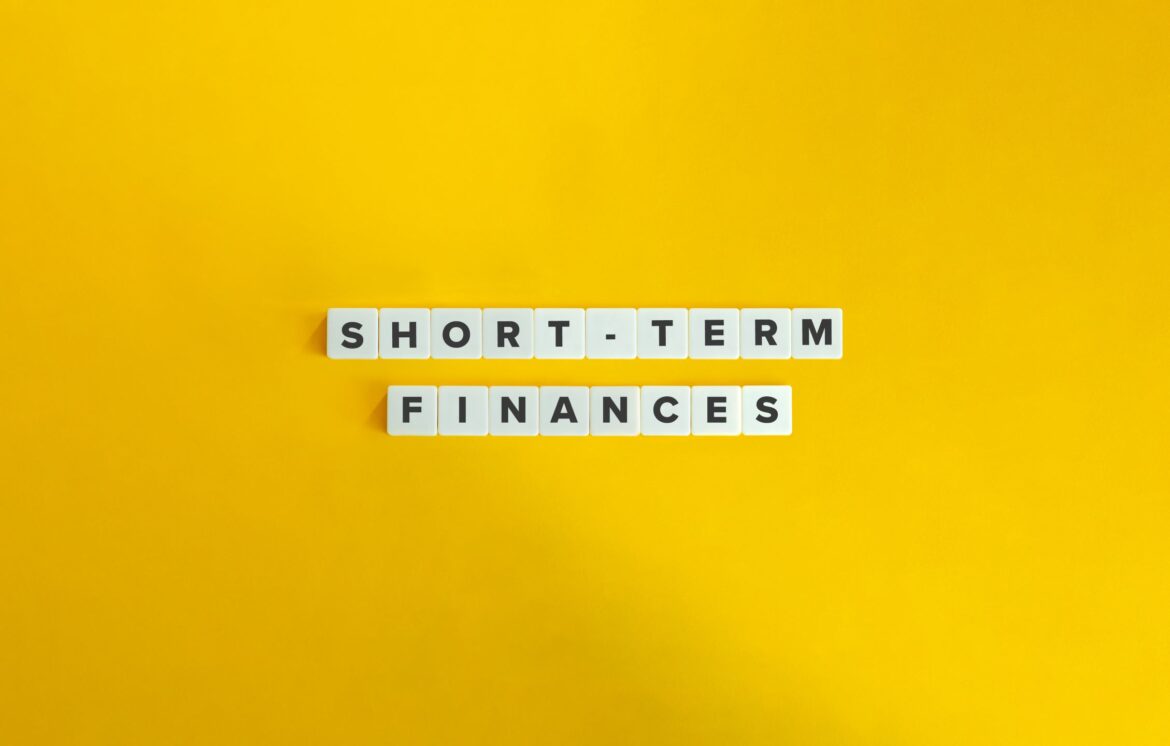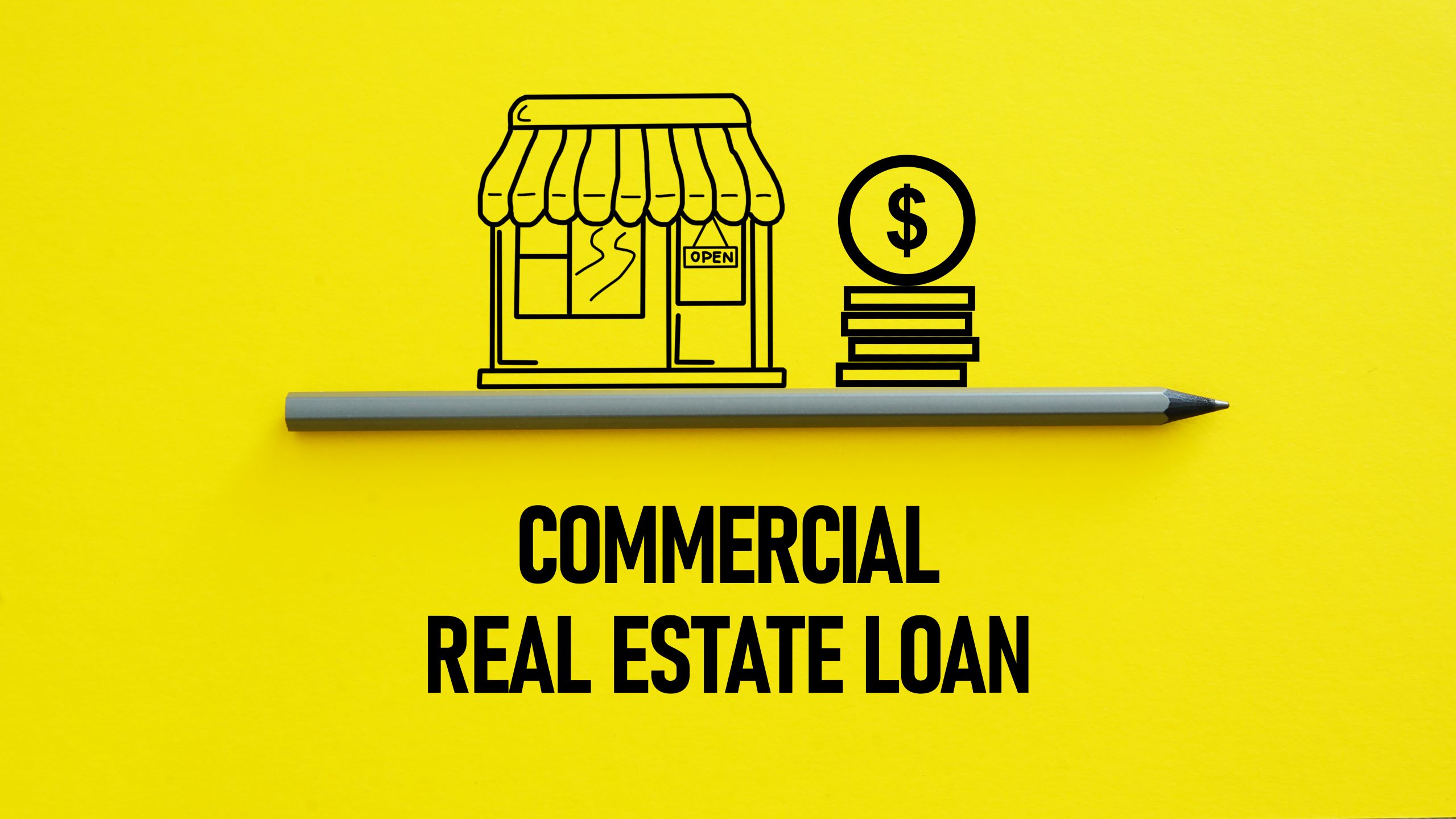
Securing funding is one of the most crucial steps when starting or expanding a business. However, deciding on the right financing type can significantly impact immediate operations and future growth. As such, business owners must weigh various factors to determine the best fit between short-term and long-term funding.
Read on to learn how to finance a business with either short-term or long-term financing.
Understanding Short-Term Financing
Short-term financing refers to loans or other types of credit that must be repaid within a year. It’s generally used to cover immediate business needs, such as payroll, inventory purchases, or unexpected expenses. It’s also designed for quick access to capital and often involves smaller amounts than long-term financing options.
If your business is looking for a blend of flexible short-term financing options, it’s worth exploring resources like Credibly’s official website, which provides various business financing solutions tailored to various needs.
Moreover, several options exist for short-term financing, including:
- Business Lines of Credit: This is a flexible option in which business owners borrow up to a certain limit and only pay interest on the borrowed amount.
- Merchant Cash Advances: This is a cash advance based on projected sales on business credit cards, typically repaid through future revenue.
- Short-Term Loans: These are loans provided by traditional banks or alternative lenders that are designed to be repaid within a few months or up to a year.
By understanding these options, you’ll know whether short-term financing suits your business best.
Advantages of Short-Term Financing
Short-term financing offers several benefits, particularly for businesses in need of quick capital. One key advantage is the speed at which funds can be accessed. Many lenders can provide quick approval, and funds can be available in as little as 24 hours. Additionally, short-term loans often require less paperwork and collateral than long-term options, making them more accessible to small businesses and startups.
Another advantage is flexibility. Short-term loans can be used to cover immediate operational expenses or take advantage of a business opportunity without committing to long-term debt.
Disadvantages of Short-Term Financing
While short-term financing provides immediate access to capital, it can come at a higher cost. Interest rates on short-term loans are typically higher than those on long-term loans, as lenders compensate for the shorter repayment period with increased interest. Additionally, short-term financing doesn’t provide a large influx of capital, which may limit growth potential if the business requires a substantial investment.
Understanding Long-Term Financing
Long-term financing, on the other hand, involves loans or other funding options that are repaid over an extended period, usually more than one year. This type of financing is often used for significant investments, such as purchasing property, machinery, or expanding operations.
Furthermore, long-term financing options include:
- Term Loans: These are traditional business loans that can last several years to decades, depending on the terms agreed upon with the lender.
- Equipment Financing: These loans are specifically designed to finance the purchase of business equipment and are often secured by the equipment itself.
- Commercial Real Estate Loans: These are loans used to purchase or refinance commercial property.
With these options in mind, you can provide your business with a large amount of venture capital, which can be used to scale it over time.
Advantages of Long-Term Financing
Long-term financing allows your business to secure a significant amount of venture capital upfront, which can be essential for expansion or large investments. It typically has lower interest rates than short-term loans, providing more affordable financing over time. The extended repayment period also allows your business to spread the costs over several years, improving cash flow and reducing the financial strain of large purchases.
Another advantage is that long-term loans can help your business build credit. By successfully repaying long-term financing, you can demonstrate financial stability to lending institutions, improve your business and personal credit profile, and make it easier to secure the funding in the future.
Disadvantages of Long-Term Financing
One major downside of long-term financing is that it often requires a lengthy approval process and high scrutiny from lenders and financial institutions. You must provide extensive financial documentation, which can take weeks or even months before funds are released. Moreover, long-term financing may require significant collateral, such as business assets or personal guarantees, which could be forfeited if the business can’t repay the loan.
Another disadvantage is long-term commitment. While the repayment period can be beneficial for managing cash flow, it also means your business will carry debt for an extended period.
Factors to Consider When Choosing Business Financing Options
When deciding between short-term and long-term financing, your business should carefully consider several factors. These can include:
Business Stage
The stage of your business will heavily influence the type of financing you should pursue. Startups and small businesses may benefit more from short-term financing because of its accessibility and faster approval times.
Purpose of the Loan
Understanding why your business needs financing is critical. Short-term financing is likely the better option if you need funds to cover temporary cash flow issues. Long-term financing is more appropriate for capital-intensive projects such as purchasing equipment or real estate.
Cost of Financing
The cost of financing includes the interest rates and additional fees such as origination costs, closing fees, and penalties for early repayment. It’s also essential to calculate the total cost of borrowing and consider how that fits into your business’s financial plans. Short-term loans generally have higher interest rates, but long-term loans can accumulate interest over many years, potentially making them more expensive in the long run.
Conclusion
The choice between short-term and long-term financing depends on various factors, including your business’s immediate needs, growth plans, and financial health. Short-term financing offers quick access to capital and flexibility but at a higher cost. Long-term business funding, while more cost-effective over time, requires a more significant commitment and stringent approval processes. Lastly, by keeping the information mentioned above in mind, you can make the right decision for your business.

